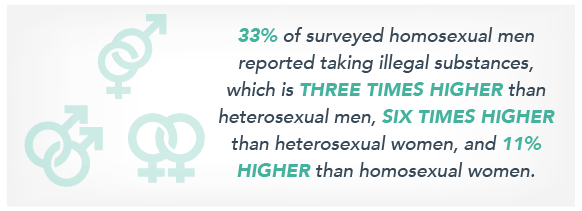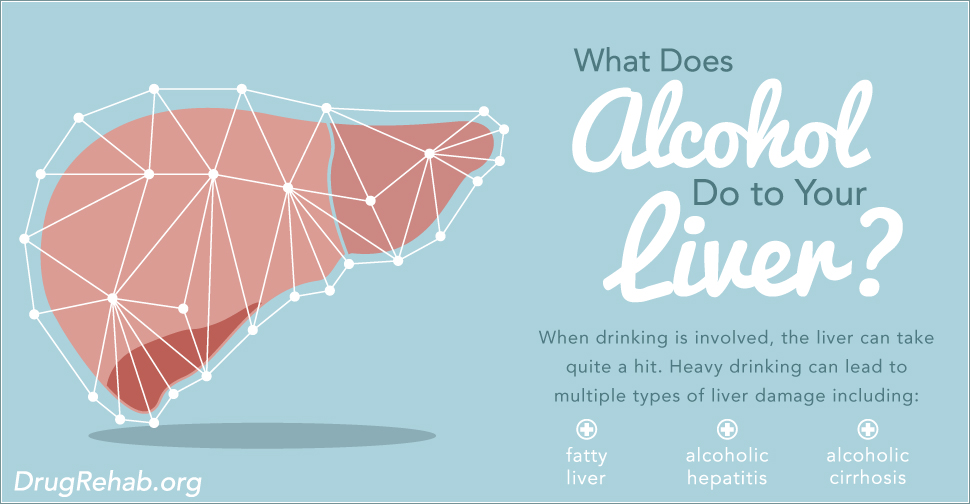
When drinking is involved, the liver can take quite a hit. The liver’s functions are vital for our body to live. Heavy drinking can lead to multiple types of liver damage including: fatty liver, alcoholic hepatitis, or alcoholic cirrhosis. Continuation of heavy drinking can be fatal when the liver is concerned. If you are having signs and symptoms of a damaged liver from drinking, get the help you need.
Heavy Drinking And The Liver
Heavy drinking, especially in the media’s eyes, is promoted as fun and light-hearted, but what they don’t see is the truth behind their promotion of this type of lifestyle. While it doesn’t happen to all heavy drinkers, liver disease is a looming giant that affects the lives of many who drink heavily over the years. Scarring and cirrhosis can start to develope. The chances of getting liver disease skyrocket the longer alcohol is consumed–and the scary thing is, you don’t have to binge drink for this type of disease to occur. Family genetics can play a huge factor when it comes to liver disease, and women may develop this far easier than men.

Symptoms may pop up out of the blue for some people, or they could be a slow build. According to each person’s liver, it could be different, and how long and how often they have been drinking.
What Are Early Symptoms Of Liver Problems?
- Fatigue and energy loss
- Small, red spider-like blood vessels on the skin
- Belly pain or nausea
- Poor appetite and weight loss
What Are Worse Liver Symptoms?
- Fluid build up of the legs (edema) and in the abdomen (ascites)
- Confusion or problems thinking properly
- Easy bruising and unusual bleeding
- Redness on the palms of the hands
- Yellow color in the skin, mucous membranes, or eyes (jaundice)
- In men, impotence, breast swelling, and shrinking of the testicles
- Pale or clay-colored stools
What Does The Liver Do?
At the weight of 3.3 pounds, the liver is the biggest organ in the body. Located in the upper right and a part of the left abdomen, the liver resides. This organ is prominent for life to flow through our bodies. Blood is circulated properly through the liver, destroying toxins that build up.
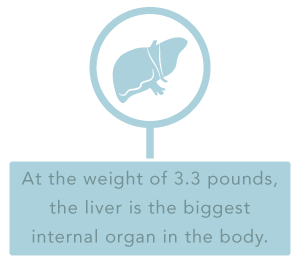
Bile is released into the small intestine, in order for fats to digest, and to make them dissolved for absorption. The portal vein, from the small intestine, takes these nutrients to the liver, creating cholesterol, storing or metabolizing sugars, storing vitamins, processing fats, and distributes proteins in other places or in the liver. Converting the protein metabolism into urea for the kidneys to excrete, is another job of the liver, as well as regulating blood-clotting workings. To protect itself, the liver will organize a cellular arsenal or chemical as well. The liver is a very efficient, self-healing, organ that helps maintain many functions.
How Do I Protect My Liver?
Making lifestyle changes is key if you want to protect your liver from liver disease or damage from alcohol.
- Talk to your doctor about all medicines you consume, including herbs and supplements and over-the-counter medicines.
- Drink less alcohol.
- Get vaccinated for diseases such as influenza, hepatitis A and hepatitis B, and pneumococcal pneumonia.
- Eat a healthy, low in salt diet.
What Can Alcohol Do To The Liver?
Complications can easily form when it comes to alcohol and the liver. Drinking in heavy amounts can shorten your life. Bleeding, severe liver damage, and brain changes are a risk when it comes to heavy drinking. Cirrhosis is formed from scarring of the liver, and in some instances the liver’s damage will not heal if it’s too severe.

These are some of the things that can occur with alcohol and liver damage:
- Mental confusion, change in the level of consciousness, or coma (hepatic encephalopathy)
- Bleeding disorders (coagulopathy)
- Enlarged veins in the esophagus, stomach, or intestines that bleed easily (esophageal varices)
- Buildup of fluid in the abdomen (ascites) and infection of the fluid (bacterial peritonitis)
- Kidney failure (hepatorenal syndrome)
- Increased pressure in the blood vessels of the liver (portal hypertension)
- Liver cancer (hepatocellular carcinoma)
Liver Disease
Far too many of heavy drinkers end up developing a severe liver disease. Heredity, diet, gender, and co-occurring liver illness have strong influences over cirrhosis and hepatitis. Liver damage is generally associated with alcohol metabolism, and can also be from the byproducts of alcohol as well. Over 200 years ago, liver disease and heavy alcohol drinking started to be linked together.
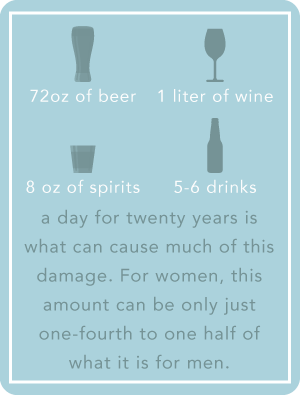
The top cause of illness and death from liver disease, in the United States, is heavy usage of alcohol. When alcohol is being broken down, within the liver, a variety of potentially toxic byproducts are created–called free radicals. Alcohol alone may not be the only reason for development of liver disease, but these free radicals have a huge part. The liver is an organ that regenerates itself, and it can take quite a bit of extensive abuse to wear it down. Roughly 72 ounces of beer, 8 oz of distilled spirits, 1 liter of wine, or 5-6 drinks a day for twenty years is what can cause much of this damage. For women, this amount can be only just one-fourth to one half of what it is for men.
What Are The Types Of Alcohol-induced Liver Damage?
When it comes to alcohol-induced liver damage there are several things to look at.
Fatty Liver
In nearly all heavy drinkers, there is a certain amount of fat deposition. Even in nonalcoholics, with a single drink, these fatty deposits can occur. Fatty liver is thankfully reversible, and doesn’t necessarily end up doing serious damage to the individual.
Alcoholic Hepatitis
To define what this means is simple: a widespread inflammation and destruction of the liver tissue. A buildup of scar tissue may start to overtake the thriving liver tissue; this is called fibrosis. Alcoholic hepatitis may show symptoms such as: jaundice, fever, or abdominal pain. This can be fatal, but can be reversed with sobriety. Up to 50% of heavy alcohol consumers end up with alcoholic hepatitis.
Alcoholic Cirrhosis
This liver disease is the the most progressed form, and is discovered in 15 to 30 percent of heavy alcohol consumers. 40 to 90 percent of 26,000 yearly deaths from cirrhosis are linked with alcohol. When the liver is cirrhotic, it stiffens blood vessels and messes with the structure internally of the liver. This type of damage can lead to even more damaging results such as: damage to the kidneys or brain. Even though this type of liver damage is fatal, it can still improve with abstinence.
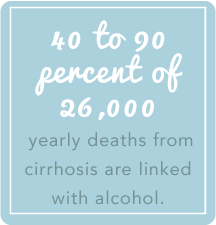
Though these three types of liver damage seem to go in order, an individual can develop cirrhosis without the other two. Though hepatitis may have a quick and rapid impact, becoming fatal before cirrhosis starts to happen.
Is Damage To The Liver Reversible?
The liver is an amazing organ, that heals damaged tissue with fresh, new cells–instead of scar tissue. An example would be, if a person took too many Tylenol, which can damage over half of an individual’s liver cells in a week’s time. The liver would generally repair the damage fully within a month, and that person would show no results of the damage done. The liver can get overly damaged though, especially when concerning an attack from drugs, a virus, or alcohol. This can lead to scar tissue which can result in cirrhosis.
You Don’t Have To Fight Alone
Facing liver damage does not need to be done alone. We are here to help support you or your loved ones with the effects of alcoholism. If you are experiencing liver damage symptoms reach out for help today. It’s never too late to get the help you or a loved one needs. Please contact us at DrugRehab.org today.
For More Information Related to “What Does Alcohol Do to Your Liver?” Be Sure To Check Out These Additional Resources From DrugRehab.org:
- What is Alcoholic Hepatitis?
- Alcohol Rehab Centers and Treatment Programs For Alcoholism
- Understanding Alcohol Addiction
- Alcohol Effects – What Happens To Your Body
- Alcohol Addiction Quiz
Sources
MedlinePlus – Alcoholic Liver Disease
nih.gov – Exploring Alcohol’s Effects on Liver Function


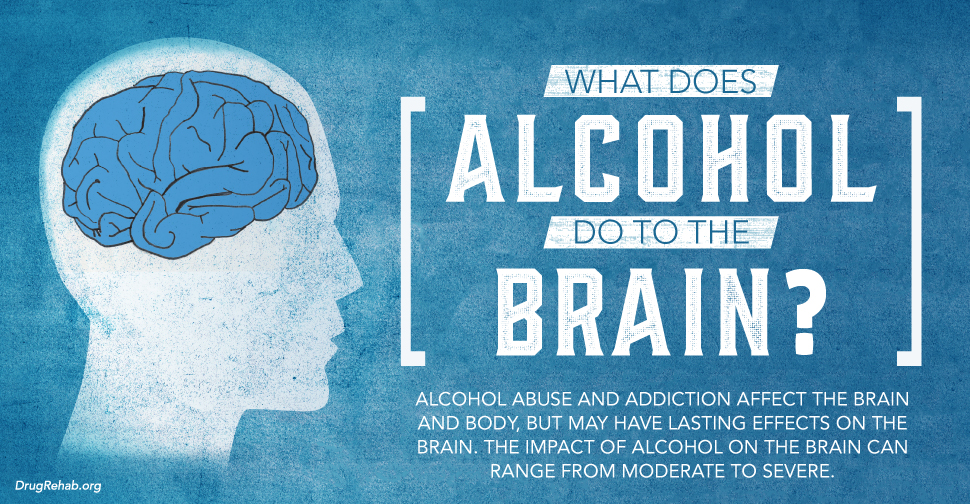
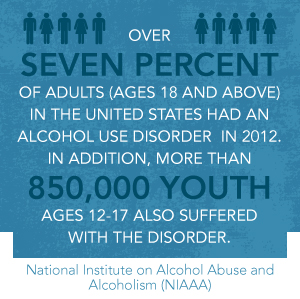
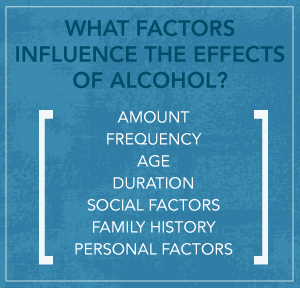
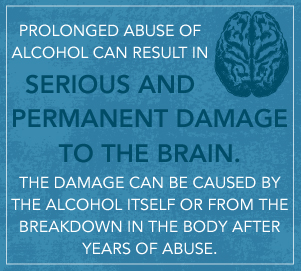
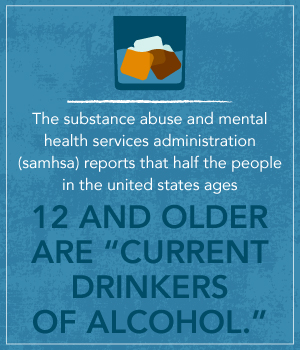
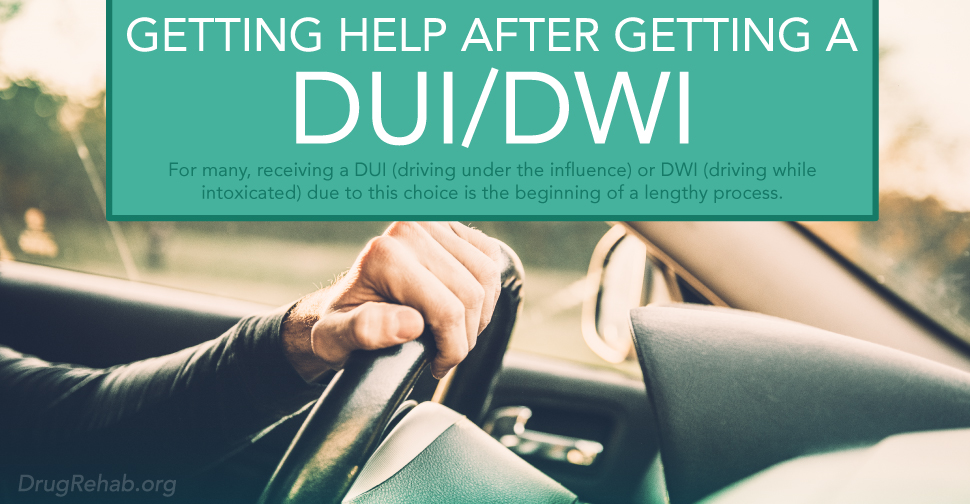
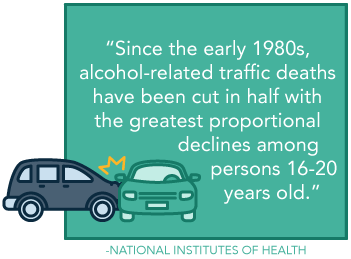 Despite its legal standing, prevalence, and acceptance within numerous social spheres, alcohol is not a benign drug. One of the most common and destructive ways in which this occurs is within circumstances regarding an individual driving after they have been drinking. In decades past, this behavior was more commonplace and even somewhat socially acceptable. Fortunately now, with the advent of more strident rules and social perspectives, this behavior has declined, as evidenced, in part, by statistics presented by the
Despite its legal standing, prevalence, and acceptance within numerous social spheres, alcohol is not a benign drug. One of the most common and destructive ways in which this occurs is within circumstances regarding an individual driving after they have been drinking. In decades past, this behavior was more commonplace and even somewhat socially acceptable. Fortunately now, with the advent of more strident rules and social perspectives, this behavior has declined, as evidenced, in part, by statistics presented by the 
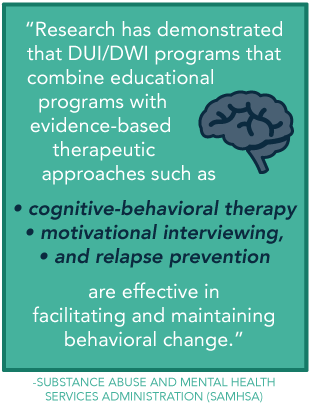 Yes. While you will likely be able to choose most any program, there are certain programs that are especially designed for DUI/DWI offenders. According to the Substance Abuse and Mental Health Services Administration (SAMHSA) “
Yes. While you will likely be able to choose most any program, there are certain programs that are especially designed for DUI/DWI offenders. According to the Substance Abuse and Mental Health Services Administration (SAMHSA) “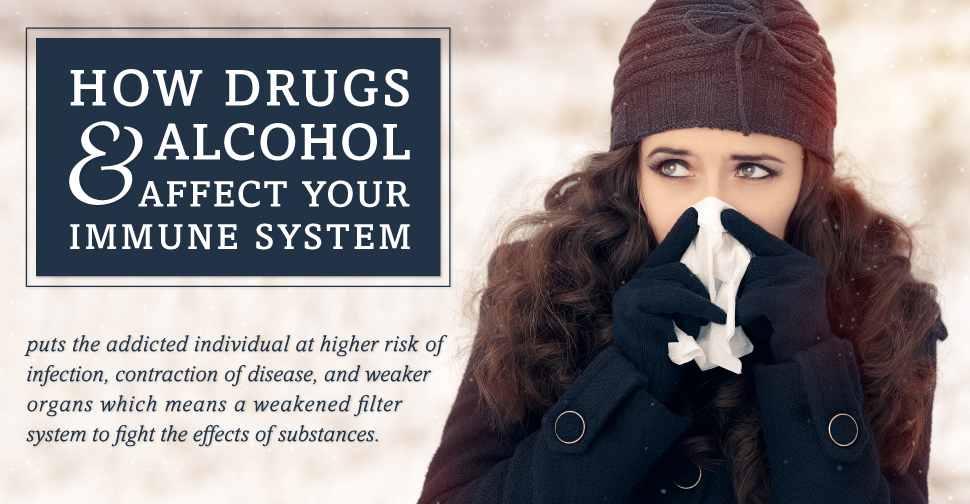
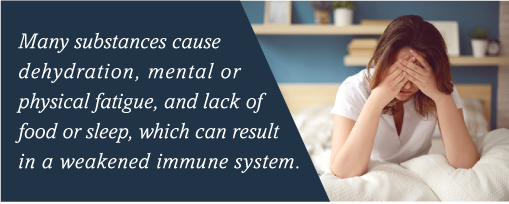


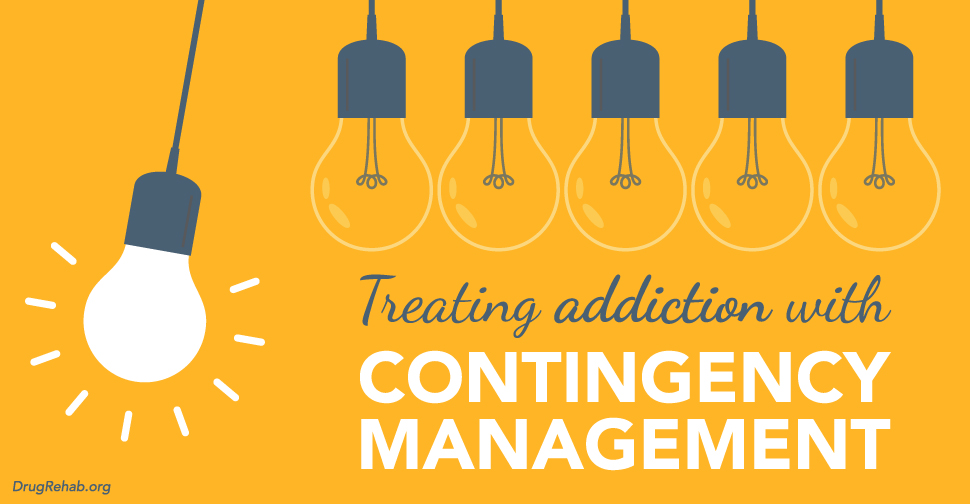
 It can be a refreshing feeling when you’re rewarded for doing something right–especially if you aren’t used to that sort of benefit. Some of us go through life without ever receiving merit for a job well done or a good deed. Though, perhaps more often, (or at least seemingly more often), our bad behavior is always acknowledged, and it can have some pretty negative repercussions on our lives. Bad behavior can get us into pretty hot water–nobody wants to get suspended from school, get arrested, or lose a job over a stunt they pulled.
It can be a refreshing feeling when you’re rewarded for doing something right–especially if you aren’t used to that sort of benefit. Some of us go through life without ever receiving merit for a job well done or a good deed. Though, perhaps more often, (or at least seemingly more often), our bad behavior is always acknowledged, and it can have some pretty negative repercussions on our lives. Bad behavior can get us into pretty hot water–nobody wants to get suspended from school, get arrested, or lose a job over a stunt they pulled.
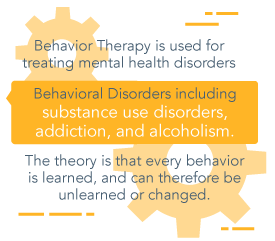 According to the
According to the 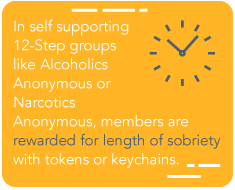 In these groups, there is no drug test, or hair sample, just a person’s word; however, if a member of AA and NA relapses or “slips” their sponsor might suggest that they come clean at the table–or tell the rest of the group. This embarrassment can be considered a punishment, though it reminds all members that relapse is not required of everyone suffering from addiction, but it is a possibility.
In these groups, there is no drug test, or hair sample, just a person’s word; however, if a member of AA and NA relapses or “slips” their sponsor might suggest that they come clean at the table–or tell the rest of the group. This embarrassment can be considered a punishment, though it reminds all members that relapse is not required of everyone suffering from addiction, but it is a possibility.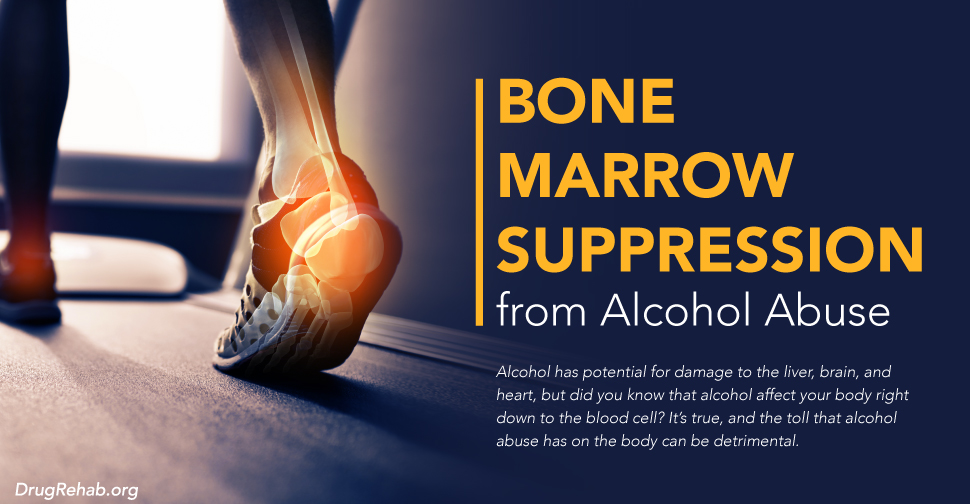
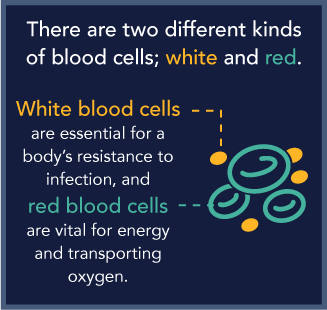 There are two different kinds of blood cells; white and red. White blood cells are essential for a body’s resistance to infection, and red blood cells are vital for energy and transporting oxygen. It is the bone marrow which is responsible for creating white and red blood cells. Alcohol abuse interferes with the bone marrows abilities to produce those cells, leaving a person tired, weak, and vulnerable to infection.
There are two different kinds of blood cells; white and red. White blood cells are essential for a body’s resistance to infection, and red blood cells are vital for energy and transporting oxygen. It is the bone marrow which is responsible for creating white and red blood cells. Alcohol abuse interferes with the bone marrows abilities to produce those cells, leaving a person tired, weak, and vulnerable to infection.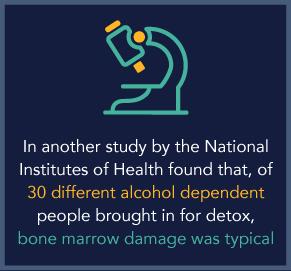 Bone marrow suppression from heavy alcohol abuse can be linked to various diseases such as: Myelodysplastic Syndrome- which is characterized by mutated cells, Paroxysmal nocturnal hemoglobinuria- or blood in the urine and is fatal to
Bone marrow suppression from heavy alcohol abuse can be linked to various diseases such as: Myelodysplastic Syndrome- which is characterized by mutated cells, Paroxysmal nocturnal hemoglobinuria- or blood in the urine and is fatal to 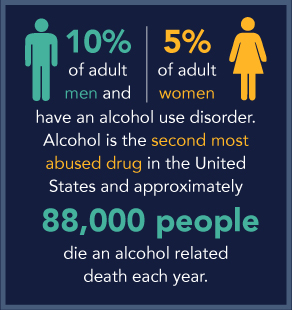 So what do we know about Alcohol Abuse? A person who abuses alcohol might drink alcohol daily and completely lose control each time, or only get drunk on the weekend. It doesn’t make a difference, they are both forms of alcohol abuse.
So what do we know about Alcohol Abuse? A person who abuses alcohol might drink alcohol daily and completely lose control each time, or only get drunk on the weekend. It doesn’t make a difference, they are both forms of alcohol abuse.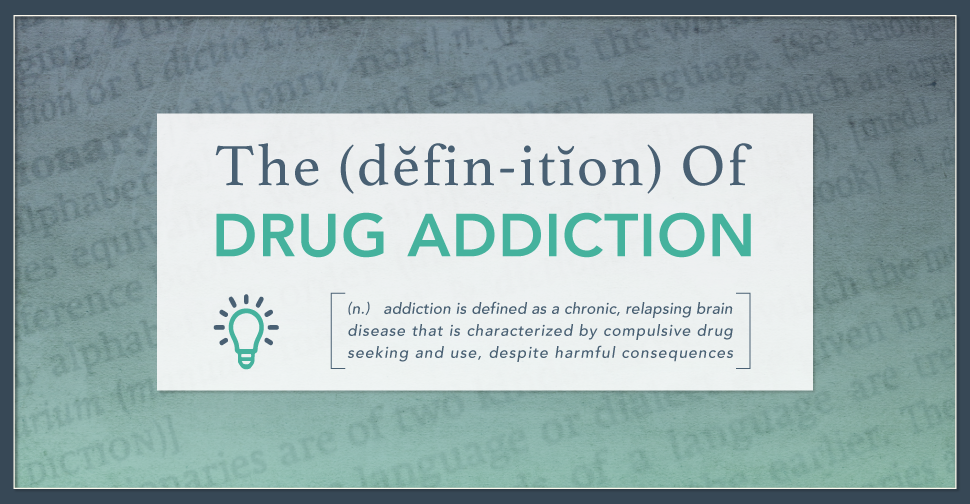

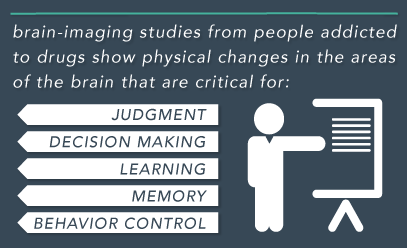
 When a person feels that he or she needs to use the drug on a regular basis, whether daily or several times throughout the day
When a person feels that he or she needs to use the drug on a regular basis, whether daily or several times throughout the day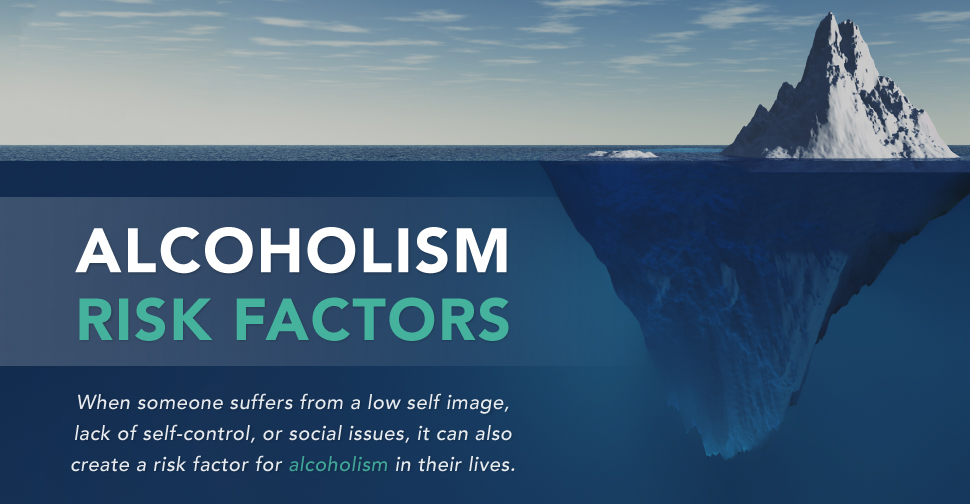


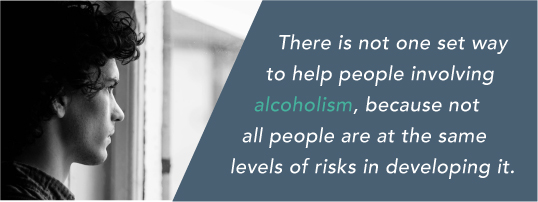
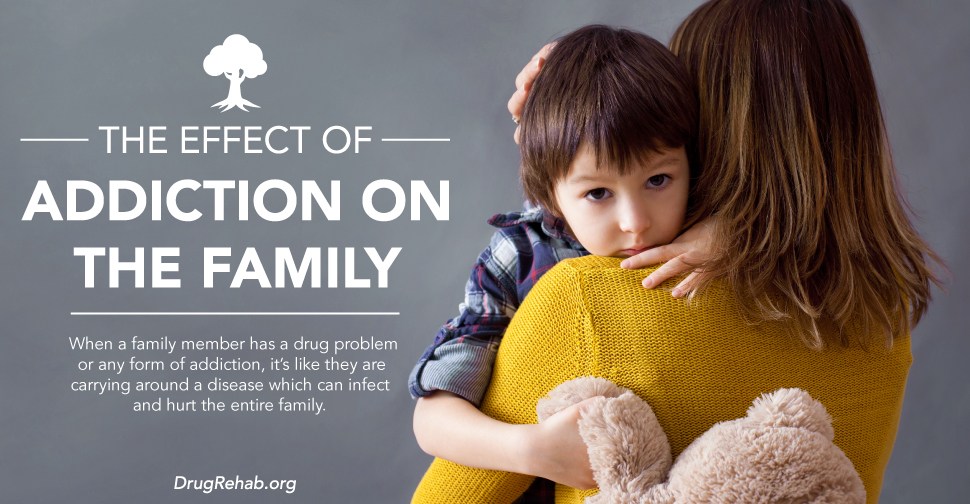
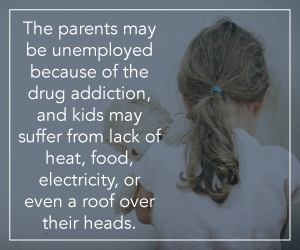 Struggles for adult children — Some adults may become dependent on the relationship of their grown children in an unhealthy way. This can create a harmful dynamic for everyone involved, to the extent that it inhibits both the adult child’s ability to effectively live their own life in a fulfilling and productive way and the parent’s capacity for fully focusing on their own concerns. This may occur if the parent or child suffers from the addiction.
Struggles for adult children — Some adults may become dependent on the relationship of their grown children in an unhealthy way. This can create a harmful dynamic for everyone involved, to the extent that it inhibits both the adult child’s ability to effectively live their own life in a fulfilling and productive way and the parent’s capacity for fully focusing on their own concerns. This may occur if the parent or child suffers from the addiction.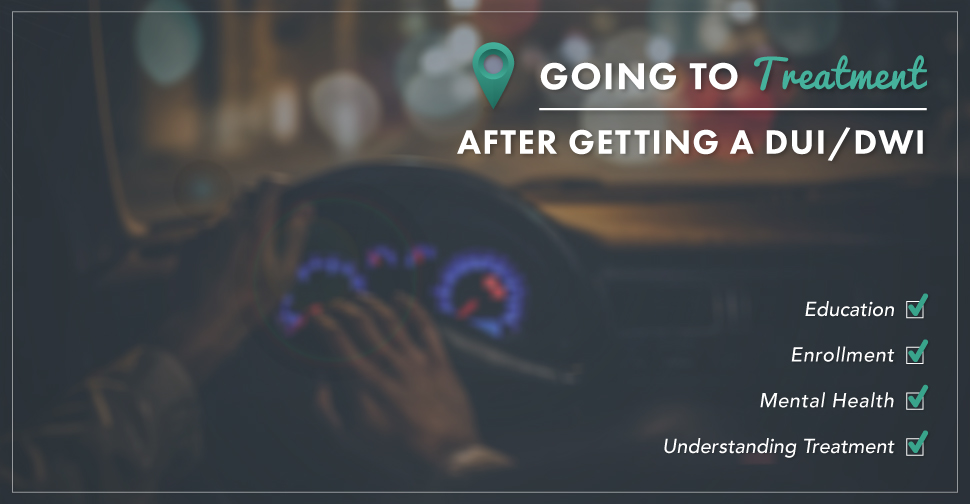

 Despite these promising statistics, we must still remain mindful of the detriment and reality of drinking and driving. Ms. Enomoto continued, saying, “However, any use of alcohol or illegal substances while driving is a continued public health concern, particularly during this holiday season when many families and friends are traveling to social gatherings that often include alcohol as part of the festivities.”
Despite these promising statistics, we must still remain mindful of the detriment and reality of drinking and driving. Ms. Enomoto continued, saying, “However, any use of alcohol or illegal substances while driving is a continued public health concern, particularly during this holiday season when many families and friends are traveling to social gatherings that often include alcohol as part of the festivities.”
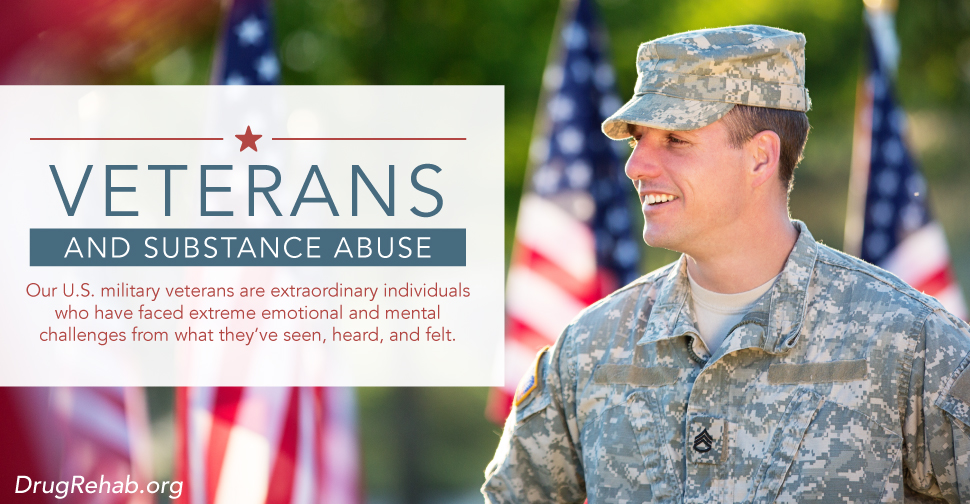

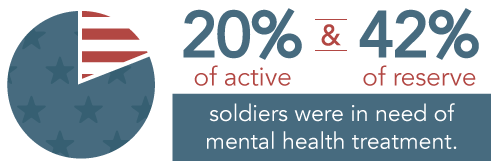


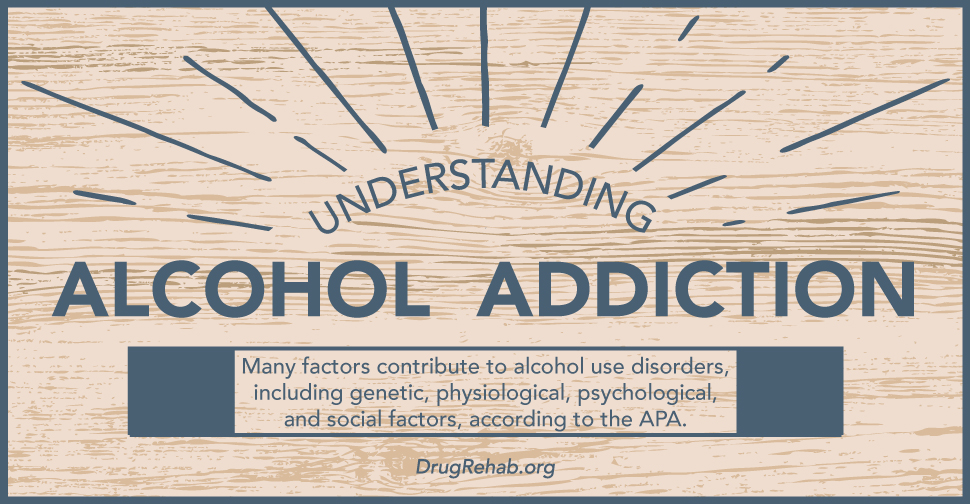


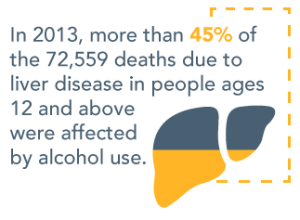 Alcohol use disorders have varied and serious effects on health, the scope of which may affect any number of people who are suffering from the disorders. Perhaps at the forefront of health problems associated with alcohol use disorders is liver disease and
Alcohol use disorders have varied and serious effects on health, the scope of which may affect any number of people who are suffering from the disorders. Perhaps at the forefront of health problems associated with alcohol use disorders is liver disease and 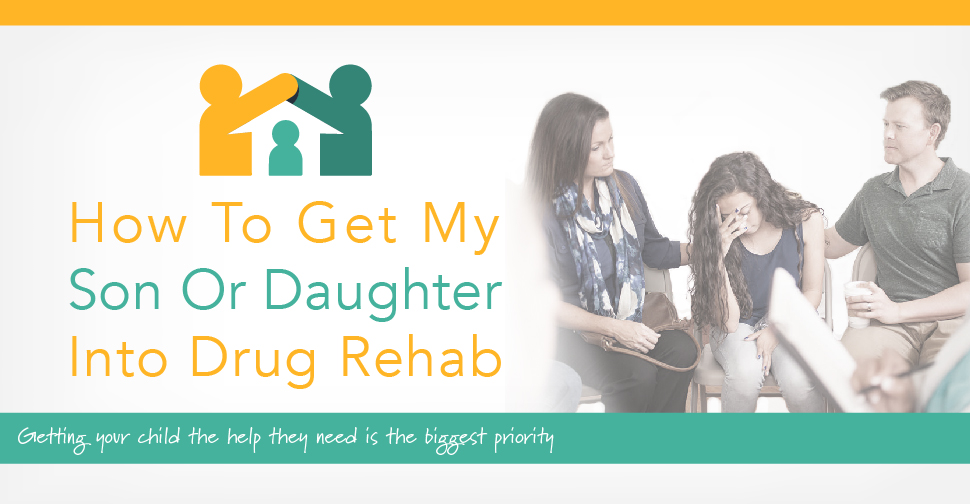






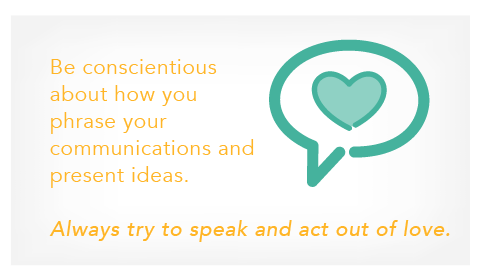 Be conscientious about how you phrase your communications and present ideas. Always try to speak and act out of love. When a person struggles with an addiction, they might feel alienated or even lonely. Being aware of your emotions, reactions, and responses helps to safeguard you, so that you don’t push them away and make them feel these things even more.
Be conscientious about how you phrase your communications and present ideas. Always try to speak and act out of love. When a person struggles with an addiction, they might feel alienated or even lonely. Being aware of your emotions, reactions, and responses helps to safeguard you, so that you don’t push them away and make them feel these things even more.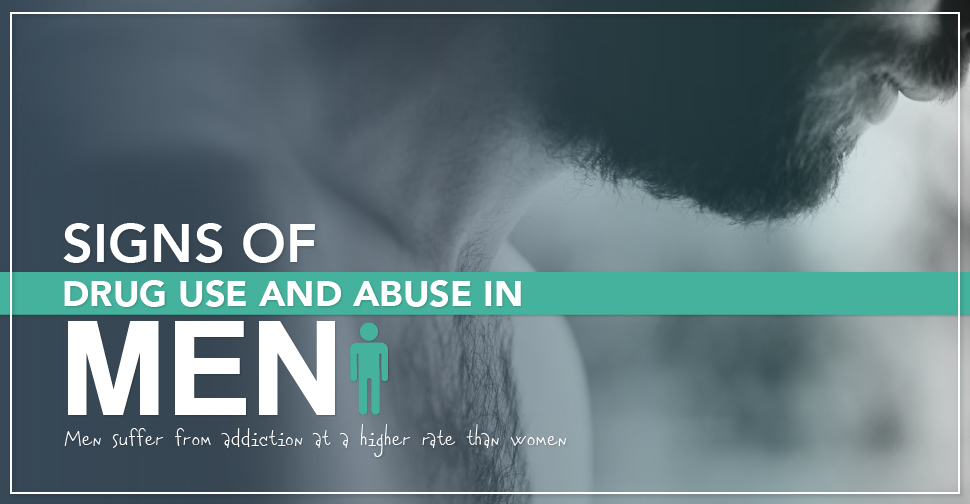
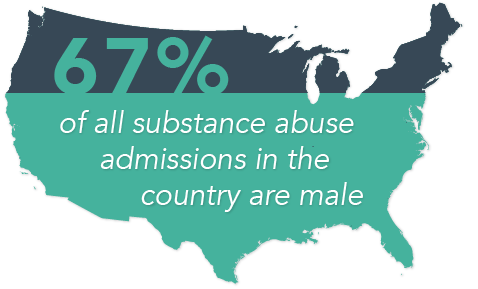
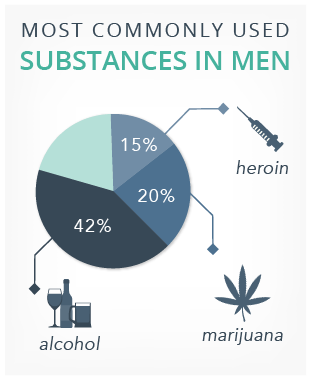 Another possible influence on higher rates of addiction in men is the elevated rate of use common in homosexual men. A government drug survey found that 33 percent of surveyed homosexual men reported taking illegal substances, which is three times higher than heterosexual men, six times higher than heterosexual women, and 11 percent higher than heterosexual women. Therapist David Smallwood, an LGBT addiction specialist, believes that this high rate of addiction use is caused by trauma in childhood: “[Drug use] is a way of medicating that stress,” he said.
Another possible influence on higher rates of addiction in men is the elevated rate of use common in homosexual men. A government drug survey found that 33 percent of surveyed homosexual men reported taking illegal substances, which is three times higher than heterosexual men, six times higher than heterosexual women, and 11 percent higher than heterosexual women. Therapist David Smallwood, an LGBT addiction specialist, believes that this high rate of addiction use is caused by trauma in childhood: “[Drug use] is a way of medicating that stress,” he said.


